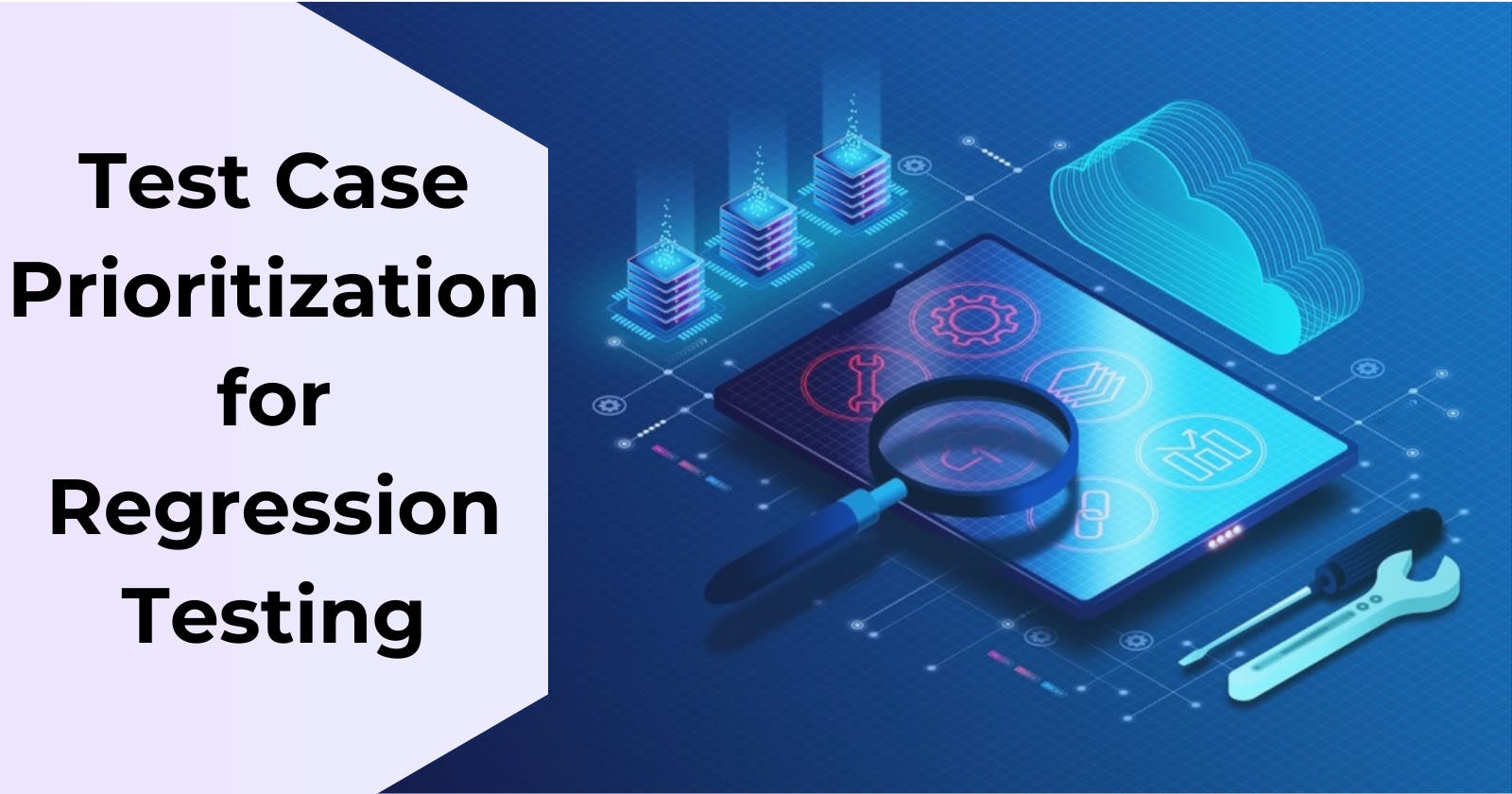Mobile app testing is a multifaceted realm of the digital industry, ensuring a seamless user experience across various platforms and devices. From the casual user to the most avid tech enthusiast, everyone expects applications to function flawlessly. It’s here that software testing plays a pivotal role.
The Indispensability of Testing
Why emphasize testing? Imagine an artist releasing a painting without refining the finishing touches. A flaw, even a minor one, can alter the entire perception of the artwork. Similarly, testing ensures that the end product – the application – is free from any issues hindering its performance, utility, or user experience. Software, no matter how well crafted, is vulnerable to unforeseen glitches, errors, and lapses. Even a minor setback can cost a company its reputation and user trust in today’s competitive market.
Unraveling the Spectrum of Software Testing
There’s a wide variety of testing techniques, each with a specific purpose. From unit testing, which focuses on individual components of an application, to performance testing, which evaluates the software’s efficiency, each type ensures optimal app performance. Among these myriad testing forms, regression testing stands out, especially when software undergoes frequent updates or changes.
Delving Deeper into Regression Testing: Its Significance and Necessity
Regression testing stands as a cornerstone in the realm of software quality assurance. There is a tangible risk when software undergoes revisions due to feature additions, modifications, or even simple bug fixes. The peril isn’t just about introducing new bugs; even previously resolved issues can recur. Regression testing is a safety net, ensuring that new code changes haven’t inadvertently disrupted the existing functionalities. Let’s delve into the multifaceted advantages it offers:
Maintaining Software Integrity: Maintaining their functional integrity becomes paramount as applications evolve. Regression testing assures that updates or changes haven’t compromised previously established functionalities.
Cost Efficiency in the Long Run: By detecting bugs or issues early, especially ones introduced by recent changes, regression testing can significantly reduce the long-term costs of bug fixes. Early detection often means less complicated, less expensive repairs.
User Experience Preservation: Users grow accustomed to certain features and functionalities of an application. If updates alter these without warning or create new issues, the user experience suffers. Regular regression tests ensure that the core user experience remains intact and consistent.
Supporting Continuous Integration/Continuous Deployment (CI/CD): In modern DevOps environments where continuous integration and deployment are common, regression testing ensures that new code integrations don’t disrupt the existing system.
Bolstering Client and Stakeholder Confidence: Consistent, rigorous regression testing can boost the confidence of stakeholders and clients in the product. Knowing that the software is regularly checked for issues after every update provides peace of mind.
Validating Non-functional Changes: Apart from the functional aspects, software often undergoes non-functional changes related to performance, usability, and resilience. Regression testing can ensure these attributes remain unaffected post modifications.
By highlighting the stability and operability of software even after continuous changes, regression testing offers indispensable value to software development processes, ensuring that the evolution of a product doesn’t come at the cost of its foundational strengths.
Read: Revolutionizing Mobile App Testing - A Deep Dive into Top 10 Automation Tools
Strategizing Test Case Prioritization for Effective Regression Testing
The prioritization of test cases in regression testing is not just about deciding which tests to run first; it’s about optimizing the entire testing process for maximum efficiency and coverage. As applications grow and evolve, the number of test cases can multiply, making it imperative to choose wisely and prioritize effectively. Here’s a more detailed approach to streamlining this crucial process:
Develop a Comprehensive Testing Strategy: A well-thought-out strategy is the foundation for successful prioritization. This should encompass clear objectives, a defined scope, and a detailed approach that underpins the entire testing lifecycle.
Risk-Based Prioritization: Identify and rank test cases based on the risk associated with the functionalities they cover. Features vital to the application’s core functionality or those that could cause significant user disruption if they fail should be tested first.
History of Defects: Utilize historical data to prioritize. Test cases that have consistently identified defects are prime candidates for early execution, as they’ve proven their value in pinpointing issues.
Recent Code Changes: Software modules or components that have undergone recent modifications or updates are more susceptible to defects. Prioritizing tests focusing on these areas ensures that new changes do not introduce unforeseen issues.
Maximize Test Scenarios Reusability: Using Test Scenarios that can be applied across various test cases saves time and ensures consistent coverage. It’s about working smart, not just hard.
Business Critical Paths: Prioritize tests that cover the most frequently used functionalities or those deemed mission-critical to the business. These are areas where defects could have the most significant impact on end-users or business operations.
Feedback Loops: Engage with stakeholders, such as product managers and user experience designers, to understand which functionalities are deemed essential or sensitive to user satisfaction. Their input can provide a different perspective on test case prioritization.
Leverage Automation with a Software Testing Tool: Automated tools can assist in determining test case dependencies, frequency, and coverage, making the prioritization process more data-driven and precise.
By weaving these elements into your regression testing approach, teams can ensure that they’re identifying and addressing the most pressing issues and optimizing resources for maximum impact. It ensures that each test run delivers the most value, safeguarding software quality and user satisfaction.
In Conclusion
When done right, regression testing can be the linchpin holding an application’s consistent performance and user satisfaction. Ensuring software quality through meticulous testing will remain paramount with the digital world advancing rapidly. As for organizations looking to elevate their testing approach, HeadSpin offers a trove of resources, insights, and tools for today’s challenges. By focusing on a strategic, data-driven approach, teams can achieve the desired software quality, reinforcing trust and reliability in the ever-evolving digital landscape.
Article source: https://programminginsider.com/mastering-test-case-prioritization-for-regression-testing/
